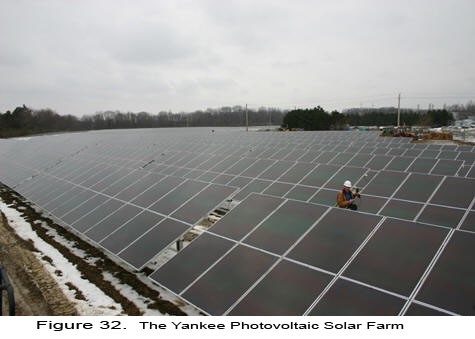
APPLICATIONS:
The list below is the possible applications for the STR Units. Click the appropriate button to get more details on the twelve applications.
11.Capacitors, Regulators & DG's
Measurements:
The Basic STR Units measure current, and Option B Units measure both current and voltage, and as such provide all the power quantity data
Calculations:
Since the current and voltage waveforms are sampled at a rate of 360 samples per cycle the phase angle θ is calculated very accurately.
Applications:
- The STR Units, especially Option B Units can send data to control capacitors, line regulators and distributed generators. This added level of control may be needed for large magnitudes of distributed generation installed on circuits.

- Since the Basic STR Unit measures the solar radiation this data can be used to predict the amount of power from photovoltaic (PV) installations on the circuit injected into the circuit and call for other distributed generators to control the reactive power and thus the voltage on the circuit. See Figure 32.
Benefits:
- The benefits of DSTR and TSTR Units to assist in the control of the circuit or system cannot all be enumerated because there are so many situations where additional current, voltage, and power quantities are needed to control various line equipment and distributed generation to prevent exceeding voltage criteria and loading criteria.
- Voltage profiles are available from the DSTR and TSTR Units and this data can be used to control DG’s to generate MW’s, or kW’s to improve voltage regulation, reduce overloads, or to provide reactive to improve voltage or reduce load.










